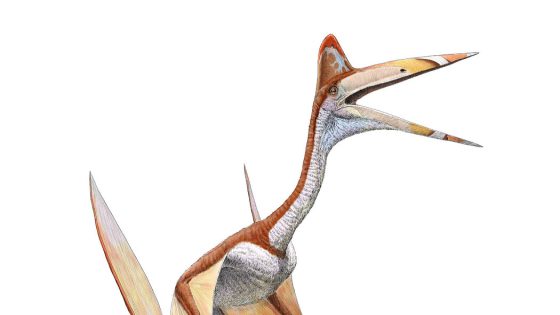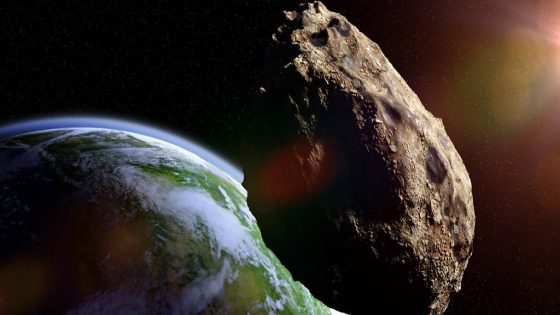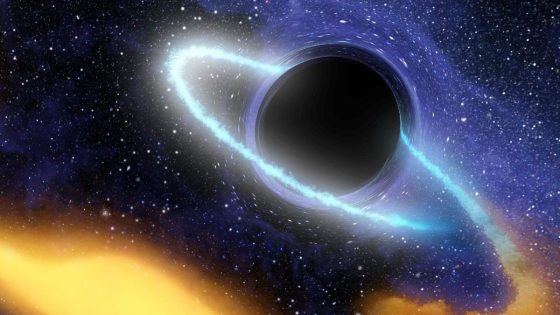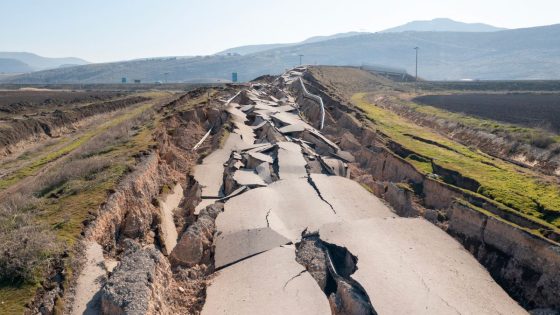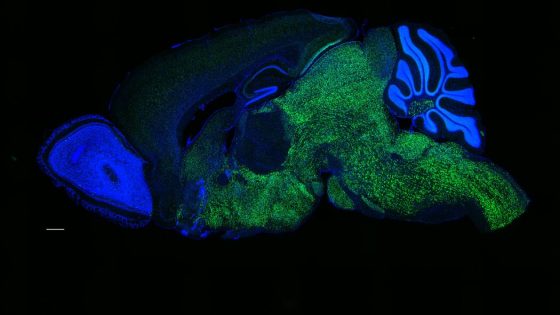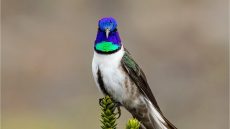Around 76 million years ago, a young pterosaur faced a terrifying predator. This remarkable discovery sheds light on the ancient food chain and the dangers these flying reptiles encountered. What can we learn from this prehistoric encounter?
- Pterosaur bite mark found in Alberta fossil.
- Pterosaurs lived 220 to 65 million years ago.
- Fossil displays evidence of predation.
- Rare pterosaur fossils complicate research.
- Dinosaur Park Formation rich in fossils.
- Study published in The Journal of Paleontology.
New Findings Reveal Predators of Pterosaurs in Ancient Ecosystems
What did pterosaurs eat, and who were their predators? Recent research provides intriguing answers. A fossilized neck vertebra of a young pterosaur, discovered in Alberta, shows a bite mark likely made by a prehistoric crocodile. This finding not only illustrates the dangers these flying reptiles faced but also enhances our understanding of their role in the food chain.
Understanding Pterosaur Predation and Diets
Paleontologists have long debated what pterosaurs ate and who preyed on them. The recent discovery of a tooth mark on a pterosaur vertebra adds to a small but growing body of evidence about their predators. Here are some key points:
- The tooth mark suggests a crocodilian predator.
- Only a few pterosaur fossils show signs of predation.
- Previous findings include pterosaur bones with bite marks in Romania and Mongolia.
- Pterosaurs had fragile bones, making fossil preservation rare.
The Significance of Pterosaur Fossils in Paleontology
Pterosaur fossils are crucial for understanding prehistoric life. Despite their large size, these creatures often left behind fragile remains. The recent find in Alberta is particularly important because it provides a glimpse into the predatory relationships of the time. Scientists have discovered only a handful of pterosaur fossils that indicate they were preyed upon, making this finding even more valuable.
Exploring the Ecosystem of the Late Cretaceous Period
The Late Cretaceous period was a time of diverse ecosystems. Pterosaurs, along with dinosaurs and early mammals, shared the Earth. Understanding the interactions between these species helps US piece together the puzzle of ancient life. The discovery of a pterosaur’s neck vertebra with a bite mark illustrates the complex food web that existed millions of years ago.
In conclusion, this recent discovery not only highlights the dangers faced by pterosaurs but also enriches our understanding of ancient ecosystems. As we continue to uncover fossils, we gain valuable insights into the lives of these fascinating creatures and their interactions with other species.



